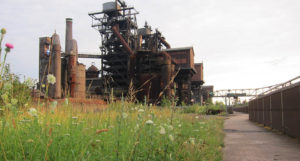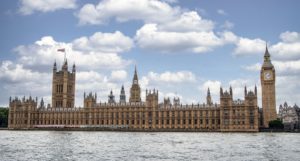Penryn Perspectives: Gordon Kelly
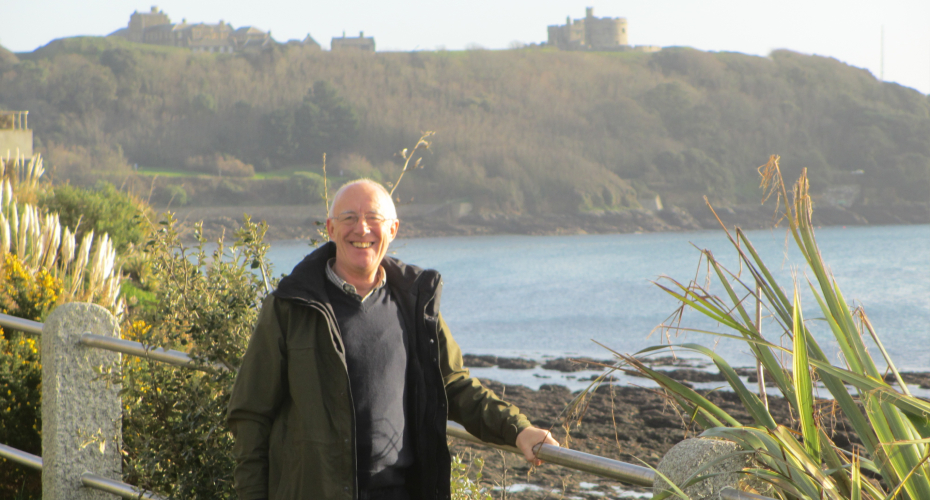
Gordon Kelly
“To see the campus open and the students in there was a great moment. I could say that I had a role in fulfilling that dream.”
Gordon Kelly
Gordon Kelly is the former Coordinator of the Combined Universities in Cornwall (CUC), whose five years in post helped to redefine the education landscape in the Duchy. A qualified chartered quantity surveyor, Gordon entered higher education as a lecturer with Birmingham Polytechnic – the institution that later became Birmingham City University. Rising through the ranks, he eventually moved into a role focusing on commercialisation and intellectual property, and there led numerous funding applications for major projects, including the £100m+ regeneration that created Millennium Point. It was this experience, particularly his insight into European and government funding, which helped him to secure the role with CUC in March 2001.
In this edition of the Penryn Perspectives, Gordon takes us back to year zero, and a story of transformation – for the university and for himself. From “landlubber” to “sea shanty singer”.
“I had just finished the Millennium Point project, the second biggest of its kind in the country. When that disappeared out of my life, my wife said to me “you’ve lost your sparkle, you’re bored” – and she was right. And it was at that point that this job came up in Cornwall as Coordinator of CUC. We’d only been to Cornwall once, camping with the children – I was very much a landlubber from the Midlands – but we decided to have one last great adventure. I applied for the role, and I guess it was that combination of being a quantity surveyor and knowing about buildings, and having experience of both higher education and European funding that helped me to get the job.
“When I turned up on site on that first day, I literally couldn’t find anyone. There was a caretaker there who let me into Tremough House and my office was in the former Mother Superior’s office. In that room, there is a five-pointed star built into the panelling, which is the insignia of the US Air Force, who requisitioned the building during the war. And at the bottom of the drive, towards Penryn, in the woods to the right, there is a star-shaped pool and a statue of the Madonna, also left by USAF. There are just so many odd bits of history there.
“One of my first tasks was to resolve an issue with the funding application. Although European funding was part of the Objective One programme for Cornwall, there was no government contribution in place that matched it. The original plan had cut the amount of allocated building space to reduce the cost of the project. Unfortunately, this meant it fell below the space requirements demanded by HEFCE for certain subjects – and thus they wouldn’t sign off on the government funding.
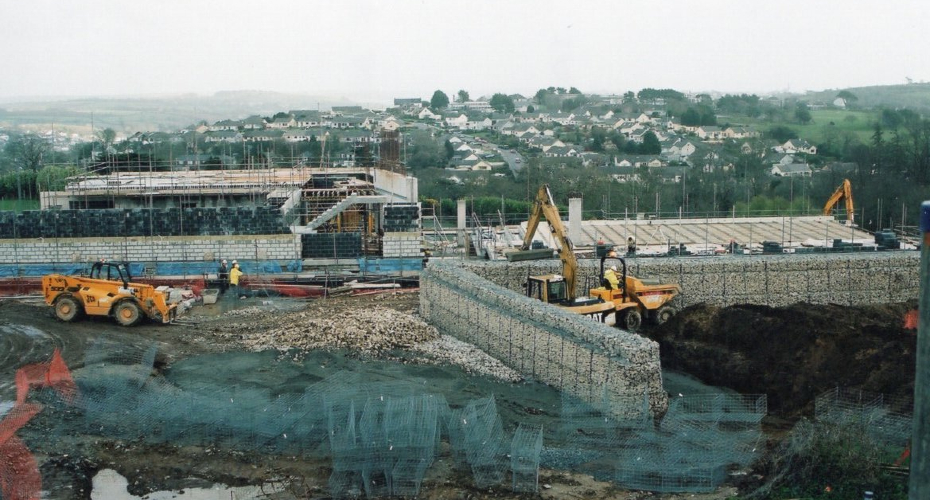
“So, that first summer I replicated something we’d done with the Birmingham School of Jewellery. I designated the specialist equipment used by the Camborne School of Mines and the Falmouth Design Centre as being available to industry. This enabled us to apply to the then Regional Development Agency for some match funding, and with that secured, we had the financial leeway to restore the space requirements to the level demanded by HEFCE. Once we had cleared that hurdle, confidence among the partners increased, and the first phase was on.
“CUC was not involved with the actual construction because that was the responsibility of the partners and their own contractors. But we were there seeing the campus take shape day-by-day, and it was a fascinating experience. Right at the beginning, construction work had to stop because the county archaeologists found a Bronze Age development. Specialist teams arrived and carefully recovered the artefacts, and I had an emotional moment when I got to hold an arrowhead in my hand, knowing it was 3,500 years old. And while there had to be an acceleration programme towards the end, all the contracts were delivered on time and on budget. The European Commission was so impressed that they labelled it a ‘model project’ and invited us to Brussels to present to the Commissioner! And that wasn’t just Penryn, but developments in Rosewarne, Pool, Truro, Newquay, St Austell, Stoke Climsland and Saltash as well.
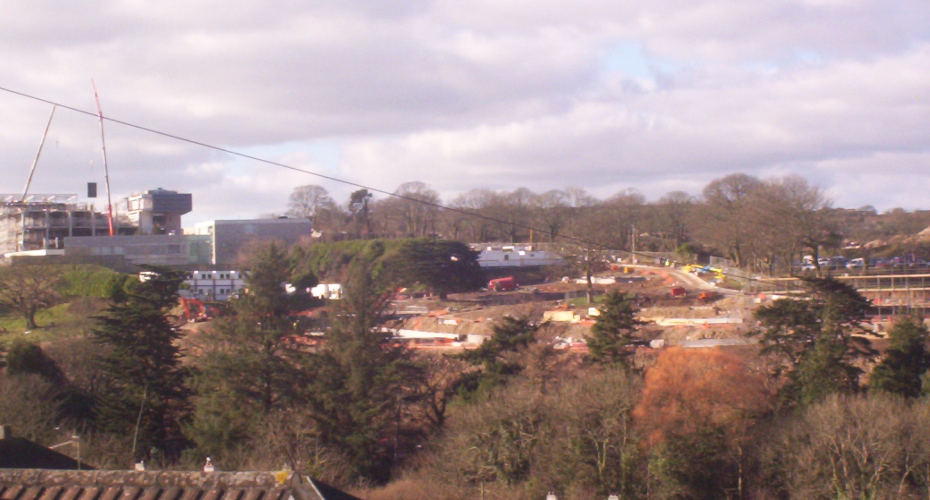
“By the time the campus opened, we were already putting together the documentation for phase 2, which effectively expanded many of the facilities in phase 1. That went through smoothly, and led on to phase 3, which I was working on by the time I retired in 2006. I handed over all the documentation and walked away! But to see the campus open and the students in there was a great moment. When I came to Cornwall, I’d left behind that huge project in Birmingham, and to this day, I’ve never seen it in its completed state. But to know that I had a role in fulfilling the dream of university education in Cornwall was brilliant.”
“I’ve not been on the Penryn Campus for ten years or so, but I know that it’s expanded way beyond our original expectations. It’s exploded. We never had anything like that in our plans. And it was a wonderful thing – to have planned my retirement, even when I came down for this last role, to have hit all the targets, and then just walk away.
“After I retired, I worked as a consultant for six months, but I quickly realised that it was all getting in the way of my life, especially my golf and the sea shanty singing. I had become a member of the Falmouth Shout Shanty Group, and together with the Falmouth RNLI station, we founded what is now the Falmouth International Sea Shanty Festival and ran it for eight years.
“Long-term, my wife Kath and I never planned to stay, but during those first four years our two daughters married and had four children between them. And they started to come down for a free holiday and they’ve done it ever since. Now, the eldest grandchild is 21 and the youngest 18, and they’re all coming down again this summer. They just love it. And that was partly what kept us here. But then my wife became more involved with the golf club and the shanty festival, and she started singing in a choir. There’s so much life in Falmouth, and we’ve grown to love the place, so we’re here for life now.”


